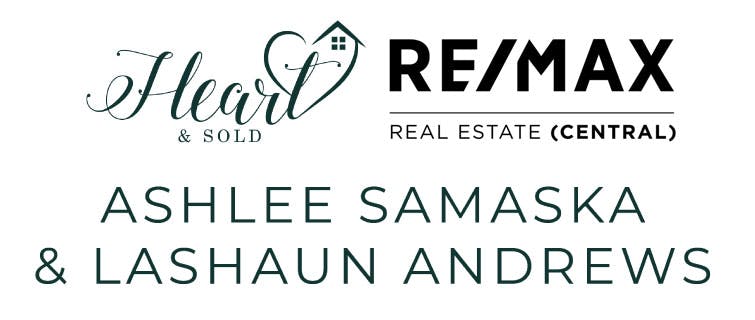This past summer, the nation’s chief bank regulator imposed new rules against home equity lines of credit, also known as HELOCs. The Office of the Superintendent of Financial Institutions (OSFI) installed a cap on borrowing available through HELOCs as part of efforts to strengthen Canada’s banking system.
In other words, many Canadians will notice a limit on their HELOCs.
Is it superfluous? Data in the first half of 2023 suggest that homeowners are tapping their HELOCs less than in previous years. Still, while some borrowers might sneer at the rule change, experts say that it offers an opportunity for consumers to become acquainted with some of the intricacies behind a home equity line of credit.
HELOC: A Primer
So, first, what is a home equity line of credit anyway?
A HELOC allows you to borrow against the value of the property by tapping into the equity you have built over time. They are also commonly referred to as second mortgages. That said, a HELOC may function like a mortgage, but it is more comparable to a revolving line of credit that you can access for a fixed period of time and repay over a set time. Additionally, HELOCs do not require down payments because they are based on your existing equity.
The Fees Behind HELOCs
If you are exploring HELOC as a possible borrowing option, you should be aware of the fees you may encounter during the process. Indeed, similar to primary mortgages, several closing fees are associated with a home equity line of credit.
Closing fees refer to costs incurred when originating, underwriting, closing, and recording the loan. Closing costs are typically lower on HELOCs compared to primary mortgages. This is because the loan size is usually smaller than a standard mortgage. In any case, closing costs vary depending on the loan amount, taxes, lender fees, title fees, and other factors.
There are different types of fees that lenders charge with a HELOC:
- Processing and underwriting fees ranging from $0 to $500
- Appraisal fees, costing around $150 to $250
- Application fees are estimated to cost around $100 to $200
- Credit report fees, ranging from around $20 to $100
- Attorney fees, ranging between $500 and $1,500
- Origination fees that vary between 0.5 per cent and one per cent of the total loan amount
- Notary fee from $20 to $50, title fee for about $250 to $500, and insurance costs and taxes
Of course, there are several closing fees that are specific to HELOCs.
These can include things like account maintenance and member fees that lenders charge to keep the HELOC open. Moreover, there are transaction fees that are charged for withdrawals. Borrowers may also have to pay an early termination fee if they close the account before the end of the loan term. Lenders may further charge an inactivity fee if the line of credit is not being utilized. Plus, there are also minimum balance fees in cases where the borrower must maintain a specific loan amount at a given time.
As far as closing costs are concerned, they are usually two per cent to five per cent of the total amount of the loan. Some HELOC products are no-fee, and the lender may cover closing fees in such cases. However, lenders offering this option generally build these fees into the loan’s interest cost. At the same time, some lenders also offer reduced closing costs on these loans or waive them altogether.
Ultimately, discussing these issues with the lender to understand the specific terms is best.
It is essential to do proper research and shop around to find lower (or no-cost) options for closing fees. Banks and credit unions offer no-cost HELOCs to their clients who bank with them. They may be able to offer the option of monthly payments that can be automatically deducted from your bank account.
Things About HELOCs to Consider
But are there other strategies you can employ to lower your HELOC closing costs? Here are a few tips:
- Try to minimize the amount you need to borrow as much as possible. The lower the loan amount, the less the closing costs will be. Never make the mistake of borrowing more than you can afford to pay back.
- Conduct your research and try to find a no-closing-cost HELOC lender. This might be possible if you take a loan from your local bank. Of course, make sure you understand the terms of repayment when it comes to the fees, as banks can offer different options.
- If your lender offers to waive the HELOC closing cost with the autopay option, go for it. This will ensure your payments are withdrawn without any hassle. Some lenders not only waive the closing cost but may offer a better interest rate for those who pre-authorize payments.
- Shop around. Do not make a quick decision when it comes to HELOC. Compare terms and options offered by different lenders before settling for one. Be sure to always negotiate on loan costs and fees. If the lender is rigid, other options exist in the open market.
- Have an excellent financial profile, as having a better credit score can increase the possibility of you getting a better interest rate. A lower debt-to-income ratio can also go a long way in helping you get a better rate.
Know Your Market
While closing fees may be unavoidable, there are ways to negotiate a good deal. Some lenders can offer better terms to long-standing clients. As a result, it is always a prudent move to begin your HELOC journey with your local bank first and then compare its terms with other offers from banks and financial institutions.
Original article here.


